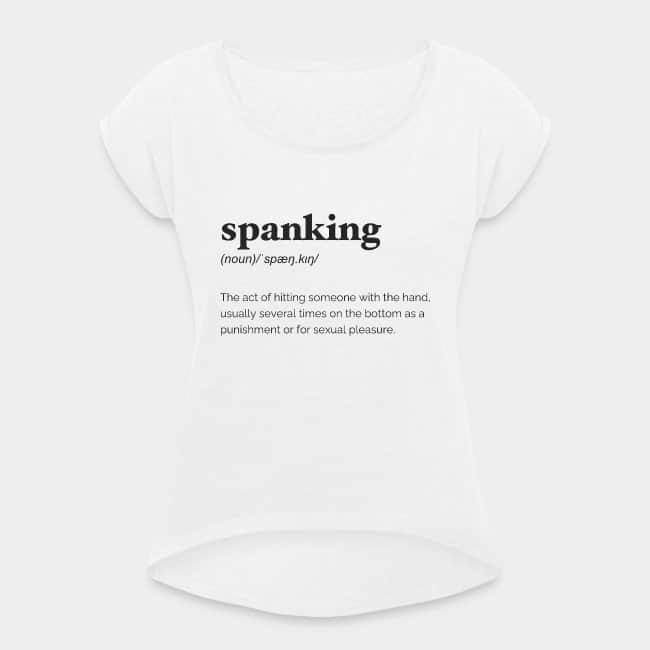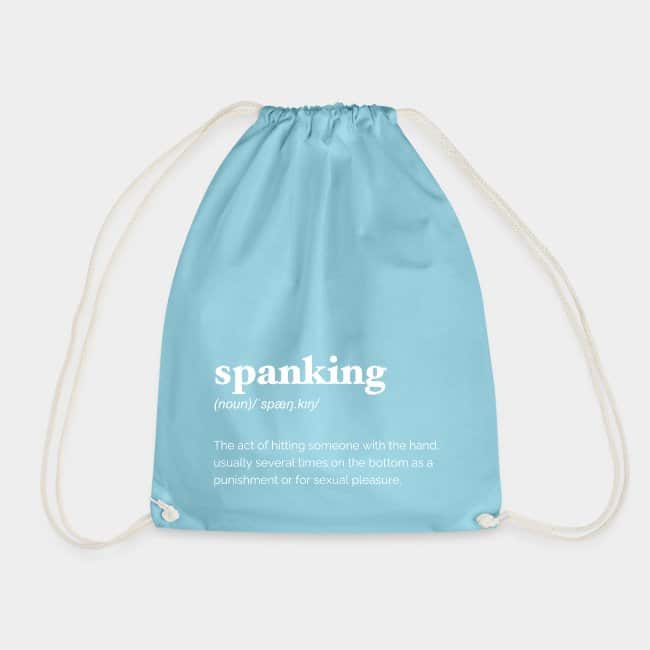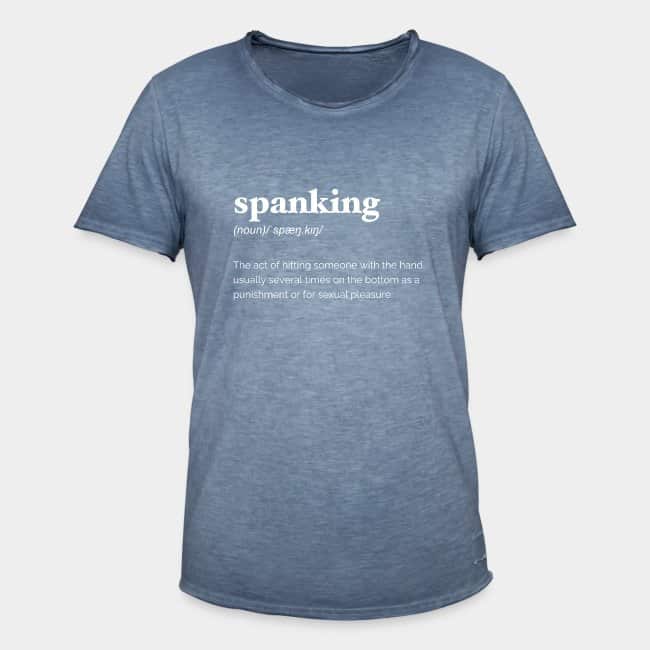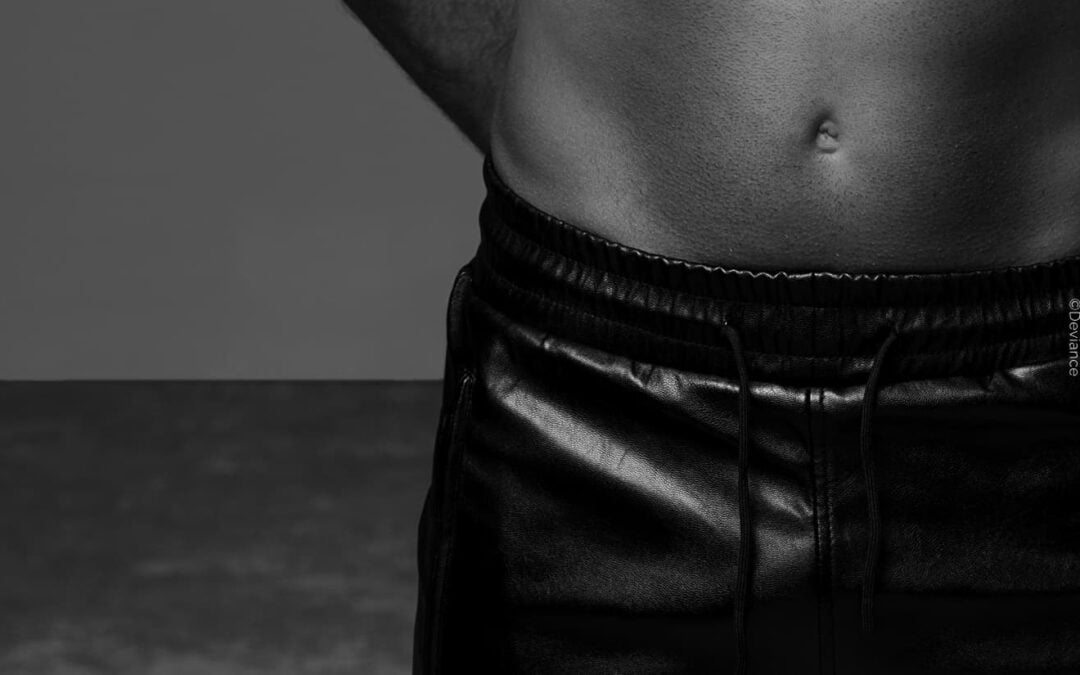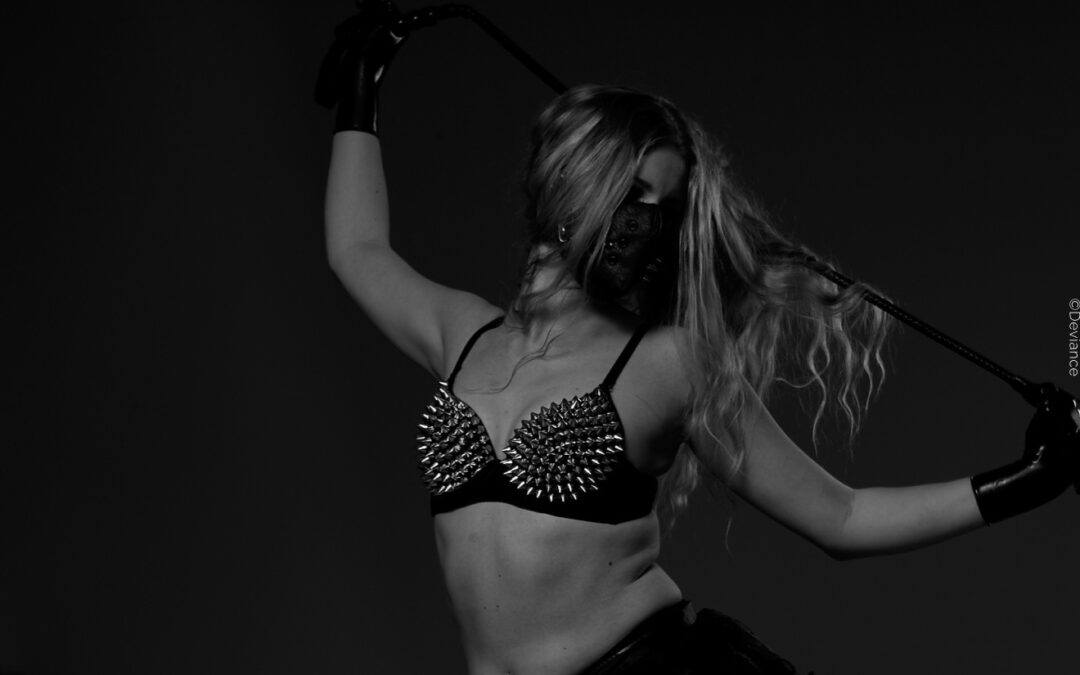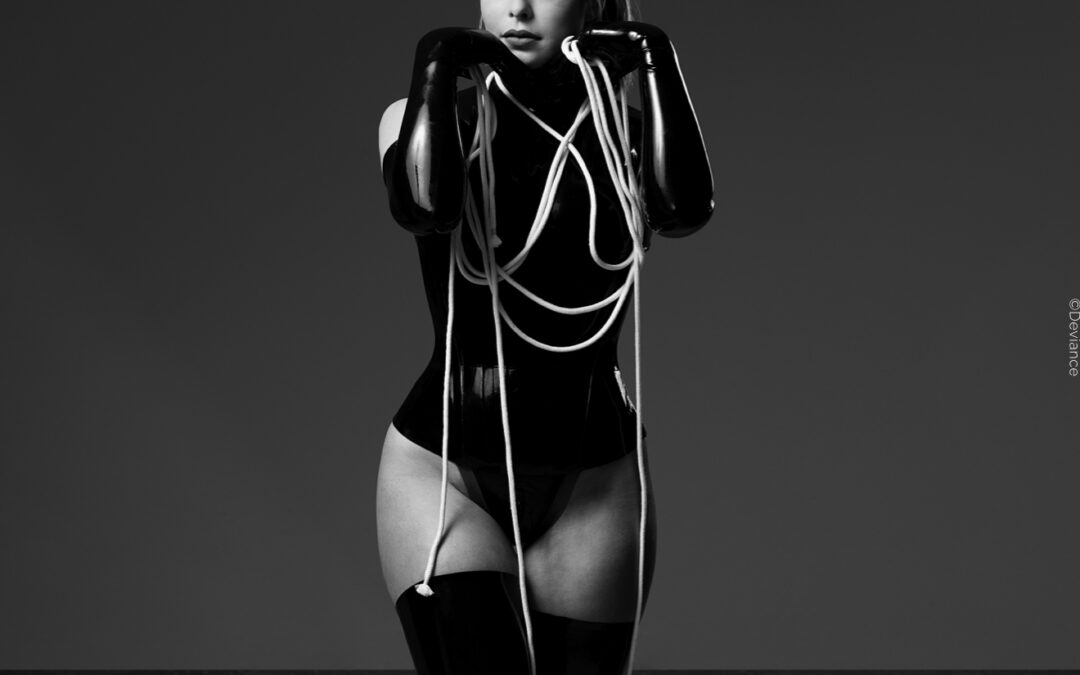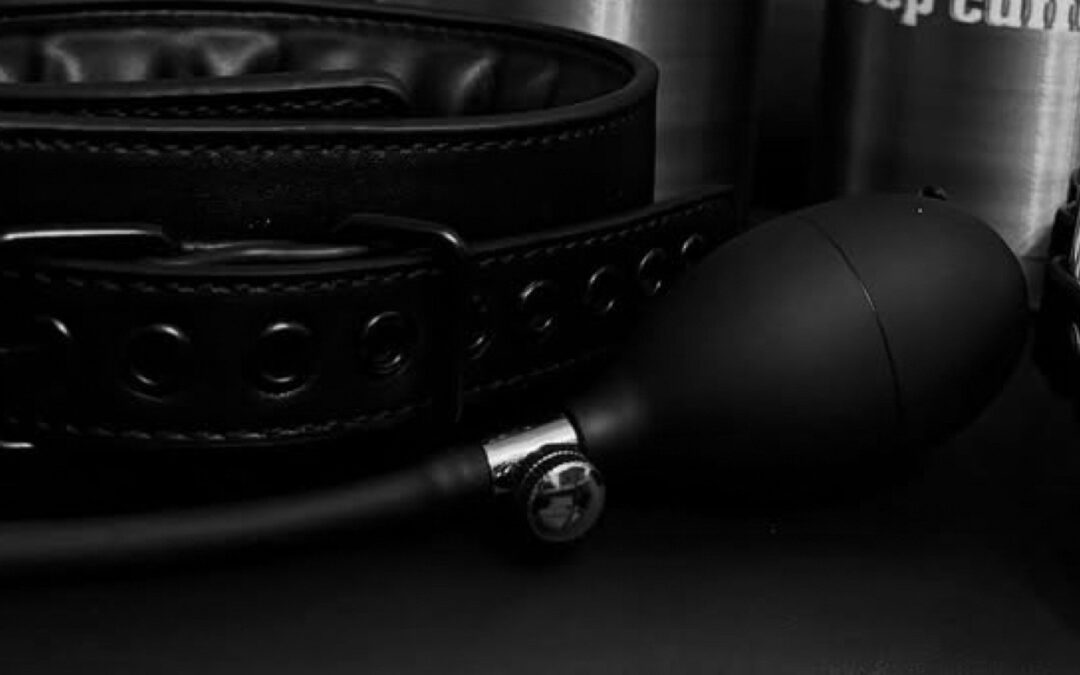What does the term mean?
The term spanking refers to hitting, for example, as a punishment or within a game situation. The submissive person is hit in a suitable position by the dominant person with the flat of his hand or a specific instrument. Whipping is also counted as spanking and can be summarized under the umbrella term “impact play“.
Striking arguments – What is the appeal of spanking?
Spanking is a common means of punishment, but also a particularly intense BDSM practice. Because the intensity is so variable, spanking is often practiced by beginners as a moderate introduction, as well as by experienced lovers of extreme pain.
Corporal punishment makes the power relationship between Top and Bottom particularly clear. The exchange of control takes place on a physical level in addition to the psychological level. By enduring pain, a sub can express submissiveness and devotion. However, this does not mean that someone with a higher sensitivity to pain is more submissive than someone with a low pain tolerance. It’s about “enduring” within your own limits.
If you use spanking techniques in the right rhythm and with the right intensity, the pain causes an endorphin release, which can increase the sexual desire of the submissive partner. Thanks to an inexhaustible range of percussion instruments and techniques, spanking is not only popular among Masochists. Spanking is also usually a common practice for doms/subs for whom the focus is not on pain but rather on education and control in their relationship and sex life. Spanking can also be combined well with many other kinks, such as bondage and/or gagging.
Avoiding failures – What do I have to pay attention to when spanking?
As with all painful BDSM practices, spanking should be approached slowly and the intensity increased slowly. For beginners, slaps with your hand or toys with a large contact surface are suitable. Before narrow percussion instruments, such as a thin cane, are used, the body area should be prepared with less intense slaps and blood circulation should be stimulated.
Not all body parts are suitable for spanking. The kidneys and loins, neck, joints, spine and head are taboo, with the exception of slaps in the face (note: don’t actually hit the ear! It’s a slap with the flat of your hand on the cheek). However, the buttocks, thighs, calves and breasts are particularly suitable, although special care must be taken with the latter in the case of implants. Palms and feet can also be attractive targets.
You should be very aware of your responsibility, and not just when it comes to a restrained or gagged sub. In addition to sexual arousal, spanking can also cause great pain, which, like deep welts, bruises or other injuries, is not desirable for everyone. The submissive partner should also clearly communicate how much pain is attractive and when it is too much. Tip: After intensive spanking, aftercare is particularly important, including physical care such as cooling or a healing cream with aloe vera, for example.
The variety of tools
There are no limits here! If your hand is already burning, you can use a variety of tools. Whips, floggers, paddles and crops come in a variety of shapes, colors and price ranges, from gentle multi-strand whips to the painful cane. If things have to be done quickly, a belt or wooden spoon will do the trick. If you are particularly creative, you can make your own flogger using these instructions.
What other terms are there?
Depending on the spanking tool, you can also specify spanking with a noun form of the tool.
| TOOL | VERB |
| Flogger | flogging |
| Belt | belting |
| Paddle | paddling |
| Strap | straping |
| Birch | birching |
| Cane | caning |
| Whip | whipping |
You’re into spanking? #ExpressYourKink with the items from the Deviance Shop! Here you’ll find a wide selection of everyday clothing, accessories, and decorative items with matching terms and designs.
Do you like what you see? You can find these and many more clearly ambiguous designs on a wide range of products from shirts and tops to sweaters and hoodies, as well as caps and home accessories in the Deviance Shop! #ExpressYourKink
